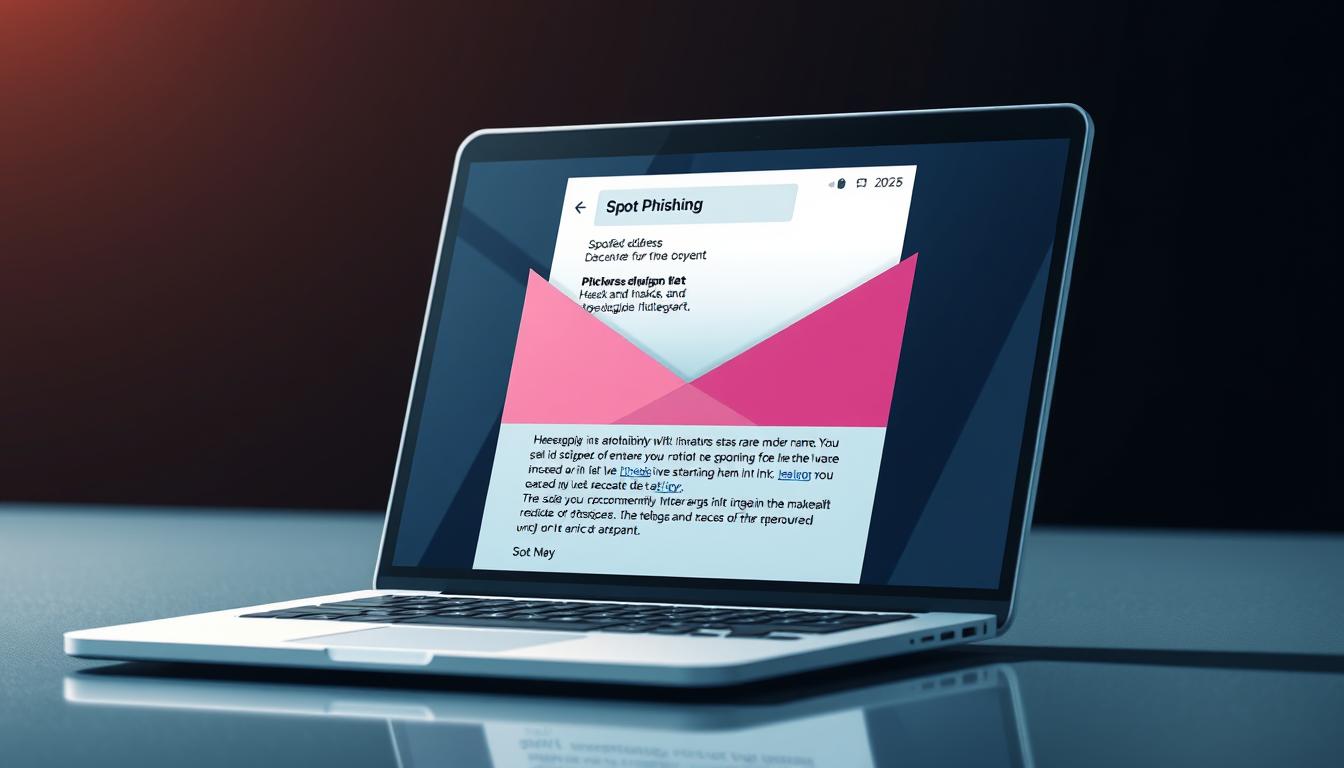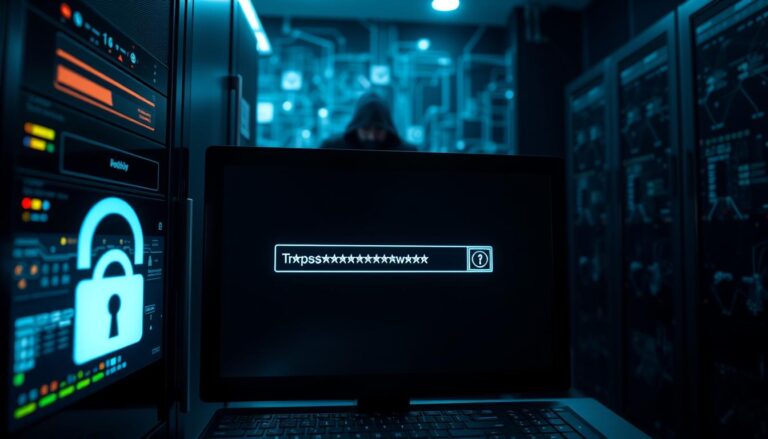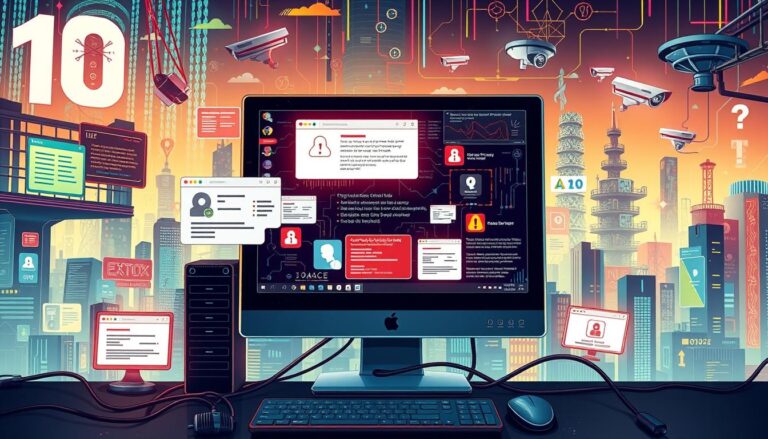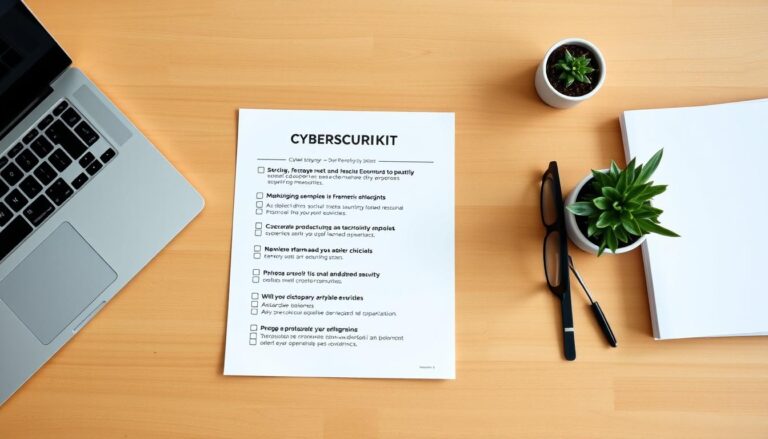How to Spot a Phishing Email in 2025
Phishing remains one of the top scams that steal credentials and payment data. Attackers impersonate trusted brands via emails, texts, and DMs to push urgent actions or fake alerts. One click can expose accounts or install malware, so quick recognition matters.
Look for clear signs: generic greetings, odd sender domains, spelling errors, mismatched links, unexpected attachments, or an Outlook banner saying the sender is unverified. Preview links by hovering on desktop or long‑pressing on mobile before tapping.
Verify before you act. Use phone numbers or websites you find yourself, not those in the message. If you clicked, document details, change passwords, enable multi‑factor authentication, and notify IT or your bank.
This guide gives a quick checklist, deep dives into message anatomy, beyond‑email scams, verification steps, real examples, and recovery actions to improve your security and awareness.
Key Takeaways
- Recognize urgent calls to action and look‑alike domains as major red flags.
- Preview links (hover or long‑press) and verify senders through official channels.
- Report threats in Microsoft 365 Outlook and Teams and forward originals to response teams.
- If compromised, document the incident, change passwords, enable MFA, and tell IT or your bank.
- Awareness and verify‑first habits are the best defenses against modern scams.
User intent and why phishing awareness matters in 2025
Recognizing common lures helps you decide whether a message deserves trust.
Users want one clear outcome: quickly judge if a message is safe before clicking or replying. With hundreds of billions of emails sent daily, scams blend with real notices and make choices harder.
Attackers rely on urgency and fear to push hurried decisions. They use brand mimicry and panic language like “act now” to short‑circuit normal checks.
Companies will not ask for passwords, credit card numbers, or Social Security details through messages. Seeing such requests is a strong sign of a phishing email.
“Train fast, test often: awareness training turns individual caution into organizational strength.”
- Awareness training reduces successful phishing attacks across teams.
- Threats arrive by email, SMS, and collaboration tools—evaluate each consistently.
- Report suspicious items so security teams can block and learn from them.
| Risk Factor | User Action | Why it matters |
|---|---|---|
| Urgent request | Pause and verify | Reduces rushed responses driven by fear |
| Requests for sensitive information | Refuse and confirm via official channel | Legitimate companies do not ask this by message |
| Unfamiliar domain or link | Preview URL before clicking | Detects brand spoofing and credential theft |
How to Spot a Phishing Email: a quick checklist you can use today
Before you tap any link, take a breath and check the basics.
Stop if the message demands immediate action, threats, or rewards. Urgency is the most common trick. Pause and verify with official channels instead of replying or clicking links.
Check the sender and domain name closely. Inspect the From address for subtle typos or odd top‑level domains. Treat [External] or first‑time senders with extra caution. Outlook may show a banner when it cannot verify the sender.
Hover on desktop or long‑press on mobile to preview the real URL. Make sure the visible link text matches the preview. If the destination looks off or lacks HTTPS, do not proceed.
Avoid opening unexpected attachments. Many malicious files arrive as invoices, shipping labels, or “secure documents.” Never submit passwords, credit card numbers, or account numbers via email.
- Scan for generic greetings, tone issues, and spelling or grammar errors.
- Compare the message to your recent activity—unexpected receipts or resets are common lures.
- When in doubt, open a new tab and navigate to the company site directly.
| Check | What to do | Why it matters |
|---|---|---|
| Urgency or threats | Pause and verify | Prevents rushed clicks and replies |
| Sender/domain name | Inspect for typos and odd TLDs | Detects look‑alike domains and spoofing |
| Links and URLs | Hover or long‑press to preview | Shows true destination before clicking |
| Attachments | Do not open unexpected files | Stops malware or credential harvesters |
The anatomy of a phishing email: signs and red flags
Break down each message into parts to find hidden warning signs.
Attackers build scams from a few reliable pieces. Spotting those pieces quickly helps you avoid harm.
Requests for sensitive information
Treat any message that asks for sensitive information—like passwords or account numbers—as suspicious.
Mismatched or look‑alike domains and display names
Examine the sender’s domain closely. Tiny character swaps or off‑brand domains often reveal fraud.
Links that don’t match the domain or lack HTTPS
Hover or long‑press to preview links. If the visible text and the real URL differ, don’t click.
Unsolicited attachments or download prompts
Unexpected attachments often hide malware. Invoices, labels, or “secure” files are common lures.
Generic greetings and poor spelling/grammar
Generic salutations and obvious spelling or grammar errors indicate mass‑mailed scams.
Panic‑inducing language and fake order confirmations
Urgent threats, fake receipts, or delivery notices push rushed actions. Pause, verify, and use official channels.
- Quick checklist: refuse requests for sensitive data, verify domains, preview links, avoid unknown attachments, and report suspicious messages.
- Even well‑designed scams often show at least one of these signs—one red flag is enough to stop and confirm.
| Signal | What to check | Why it matters |
|---|---|---|
| Requests for sensitive info | Refuse and verify | Legitimate companies rarely ask this via message |
| Look‑alike domain | Inspect characters and TLD | Detects spoofed senders |
| Mismatched link | Preview URL before clicking | Shows true destination and risk |
Beyond email: text messages, social media, and phone-based phishing
Scammers use phones and social feeds to mirror email tricks and lure you into acting fast.
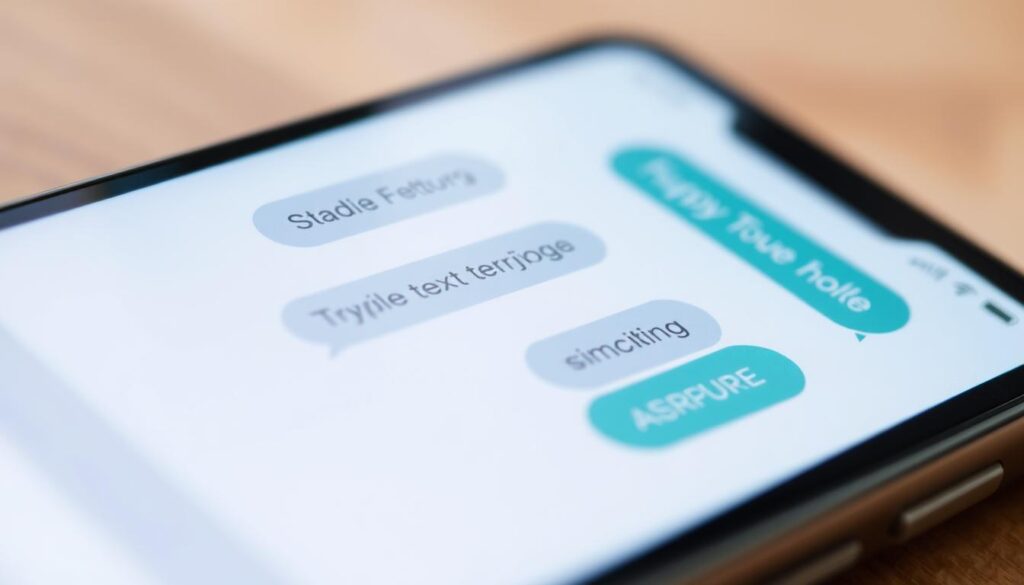
SMiShing and suspicious texts
SMiShing often arrives as unsolicited text messages with shortened URLs or odd domains. Short links hide the real destination and push you toward fake sites that harvest credentials.
Vishing and spoofed call centers
Vishing uses spoofed numbers and scripted agents who pressure you to share PINs or codes. Hang up and call the company using a number on your statement or official website.
Social DMs and platform risks
Direct messages on social media can carry the same scams. New or sparse profiles asking for urgent help or sending a link are high risk.
- Treat any link in a text as untrusted until verified through official channels.
- Never provide one‑time codes or PINs to a person who initiated the contact.
- Report malicious messages to your carrier and the platform abuse team.
Verify first, act second: safe ways to confirm legitimacy
Don’t act on requests until you’ve verified the sender using independent contact methods. Make sure to validate any request by opening a new browser tab and navigating to the organization’s official site or calling a number on your statement or card.
Contact the company via official channels you find yourself
Use phone numbers or web addresses you locate independently rather than those in the message. This confirms whether the company actually sent the request and protects your information.
Use preview tools: hover on desktop, long‑press on mobile
Hover to reveal the real link on desktop and long‑press on Android or iOS to check destinations. Verify protocol, domain, and path before clicking.
Check mail client warnings and external sender labels
Respect client banners that say the sender is unverified and look for [External] labels. These cues help users pause and treat attachments or links with extra caution.
- Compare domain name spellings exactly; tiny differences often mean impersonation.
- Capture headers or screenshots before deleting to help incident response.
- Report within Outlook (Report > Report phishing) or Teams (More options > Report this message) instead of forwarding threats.
| Check | Action | Why |
|---|---|---|
| Unexpected request | Verify via official site or phone | Confirms legitimacy without using links in the message |
| Link preview | Hover or long‑press | Shows real destination before interaction |
| Attachments | Do not open; sandbox if available | Avoids malware and credential theft |
Real-world phishing examples and patterns to recognize
Seeing concrete examples helps you pick out the tricks used by scammers.
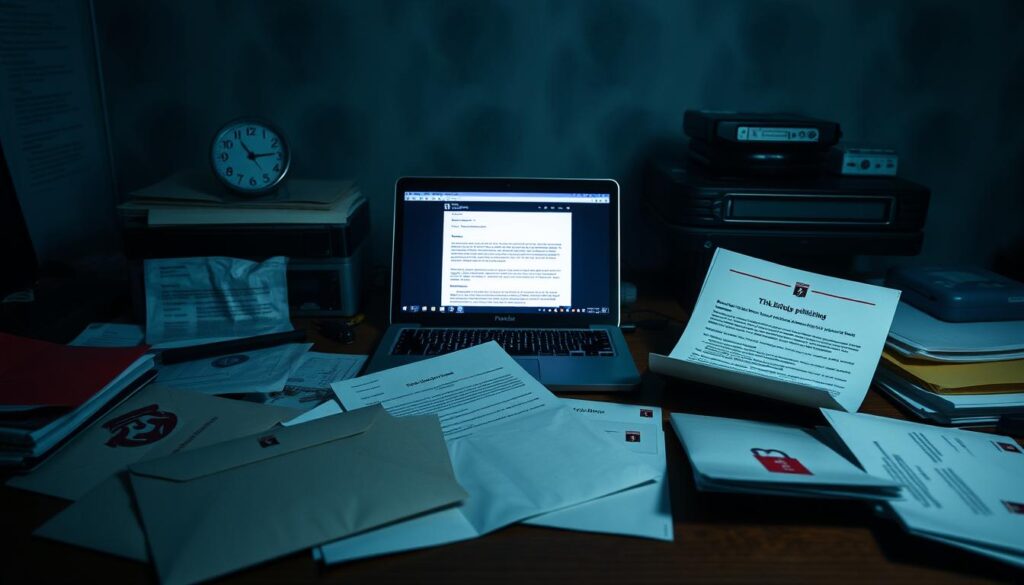
Brand spoofing: fake Google Docs and Apple iCloud notices
One common example is a fake Google Docs share request that redirects to a credential-harvesting page.
Inspect the sender name and domain before entering logins. If the URL does not match the real service, do not proceed.
Apple iCloud alerts that demand an immediate password reset often use mismatched domains and urgent language. Visit appleid.apple.com directly instead of clicking links in messages.
Delivery and tax scams: USPS/FedEx and IRS imposters
Delivery scams claim packages are held and ask for payment by credit card or crypto. Verify tracking only on official carrier sites.
IRS imposters send threatening emails about overdue taxes. The IRS does not start tax disputes through unsolicited email.
- Patterns to watch: generic greetings, misspelled brand names, and poor spelling.
- Payment red flags: requests for credit card numbers or crypto to resolve a problem.
- Timing matters: unexpected document shares or receipts you did not trigger are suspect.
If you receive a suspicious message, forward the original to reportphishing@apwg.org after your security team reviews it.
| Example | Key sign | Action |
|---|---|---|
| Fake Google Docs | Mismatched URL | Do not enter credentials; verify sender |
| Apple iCloud notice | Urgent password demand | Visit official site directly |
| Delivery/IRS scam | Payment request or threat | Check official portals and report |
If you clicked or replied: immediate steps to limit damage
If you clicked or replied by mistake, act quickly to limit harm and preserve evidence.
Document details first. Write the time, sender, domains, links clicked, and any account numbers or personal information you gave. Take screenshots and save the original message if possible.
Document details, change passwords, and enable MFA
Change passwords on impacted accounts immediately. Update any other accounts that used the same or similar passwords.
Enable multi-factor authentication on email, banking, cloud, and password manager accounts to block further access.
Notify banks, company IT, and report to authorities/APWG
Contact your bank or credit card issuer if financial data was exposed. Tell your workplace or school IT so they can contain the attack and scan devices.
- Disconnect from suspicious sites and close the browser to stop ongoing sessions.
- Report the message in Outlook (Report > Report phishing) or Teams (More options > Report this message).
- Forward the original message as an attachment to phish@office365.microsoft.com and reportphishing@apwg.org.
| Priority | Immediate action | Why |
|---|---|---|
| Evidence | Save screenshots and original message | Helps incident response and reporting |
| Credentials | Change passwords and enable MFA | Stops attackers using stolen logins |
| Financial exposure | Contact bank/credit issuer | Prevent fraud and limit loss |
| Reporting | Notify IT and forward to APWG/Office 365 | Blocks threat and aids recovery |
Conclusion
A short routine — look, hover, confirm — prevents most credential theft attempts.
Train yourself to pause when messages demand urgent action. Inspect the sender domain, preview links with hover or long‑press, and treat unexpected attachments as high risk.
Even polished scams often show one tell. One red flag is enough to stop and verify through official channels rather than embedded links.
Build a personal checklist, report suspicious messages in Outlook or Teams, and keep passwords and MFA current. With simple habits, any person can spot phishing, reduce exposure of personal information, and help block future scams.
FAQ
How can I quickly tell if an email is malicious?
Look for urgent demands, unfamiliar sender addresses, mismatched links, unexpected attachments, and poor spelling or odd tone. Pause before clicking any link or downloading files and verify using official channels instead.
Why is user awareness about phishing important in 2025?
Attackers use more convincing brand impersonation and AI‑generated text. Employee and consumer vigilance reduces data breaches, financial loss, and account takeovers by stopping suspicious messages before they cause harm.
What should I do when an email pressures me to act now?
Treat urgency as a red flag. Close the message, verify the claim by contacting the company through its official website or phone number, and never supply passwords, Social Security numbers, or credit card details in reply.
How do I check the sender and domain safely?
Inspect the full email address, not just the display name. Look for small misspellings or extra words in the domain, like banksecure-example.com. If unsure, navigate to the organization’s site manually rather than clicking links.
What’s the easiest way to preview a link before clicking?
On desktop, hover over the link to reveal the URL. On mobile, long‑press the link to see the destination. Confirm the domain matches the brand and that the URL begins with https:// for secure pages.
Are attachments dangerous, and how should I handle them?
Unsolicited attachments can contain malware. Avoid opening unexpected files, especially .exe, .zip, .scr, or macro‑enabled Office documents. Scan attachments with antivirus software and confirm the sender by phone if the file seems legitimate.
What red flags appear in the message content itself?
Generic greetings, spelling or grammar errors, inconsistent tone, and requests for sensitive data are common signs. Also watch for fake invoices, bogus delivery notices, or offers that seem too good to be true.
How do look‑alike domains and display names trick users?
Attackers use characters that resemble real letters or subdomains to mimic brands, such as google‑secure.com or account.apple.com.example.net. Always verify the root domain and avoid trusting only the display name.
What is SMiShing and how do I spot it?
SMiShing uses text messages with shortened or suspicious links to steal credentials or install malware. Avoid clicking links in unexpected texts, confirm senders through official apps, and report suspicious messages to your carrier.
What is vishing and how can I defend against spoofed calls?
Vishing uses phone calls that impersonate banks or support centers to coerce you into sharing codes or passwords. Hang up and call the organization’s official number yourself. Never disclose one‑time codes or full passwords over the phone.
How should I verify an email’s legitimacy if I’m unsure?
Contact the company via its verified website or app, use official support numbers, and check for mail client warnings or external sender labels. Don’t use contact details supplied in the suspicious message.
What real‑world scams are common now?
Look for fake Google Docs or Dropbox sharing notifications, counterfeit Apple iCloud messages, delivery scams claiming missed packages from USPS or FedEx, and IRS imposters demanding immediate payment or personal details.
If I clicked a malicious link, what immediate steps should I take?
Disconnect from the network, change passwords from a clean device, enable multi‑factor authentication, and scan your device for malware. Contact your bank if financial information was exposed and alert your IT department if this was a work account.
Where should I report phishing attempts?
Report phishing to the company being impersonated, to your email provider, and to authorities like the FBI’s IC3 or the Anti‑Phishing Working Group (APWG). Forward phishing messages to abuse@ or phishing@ addresses used by many brands.

